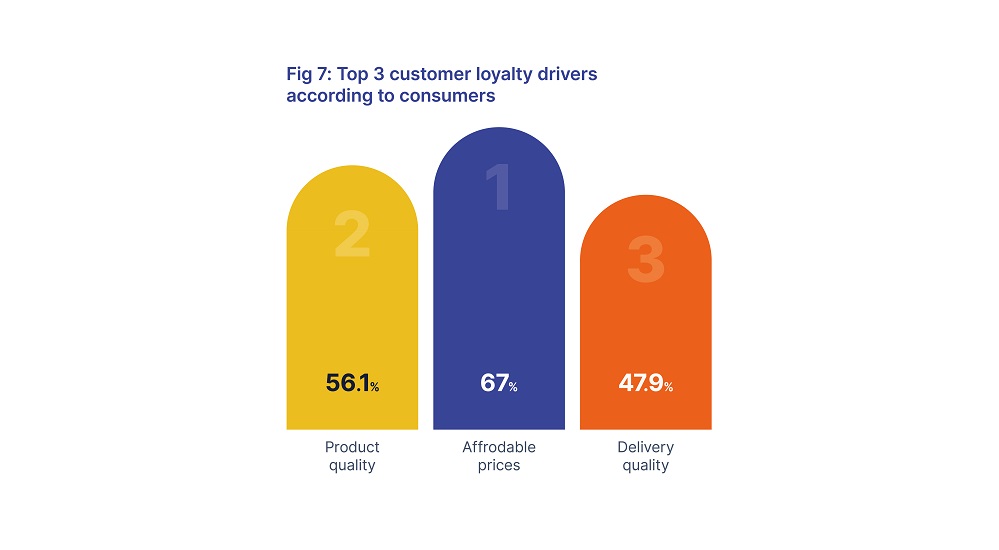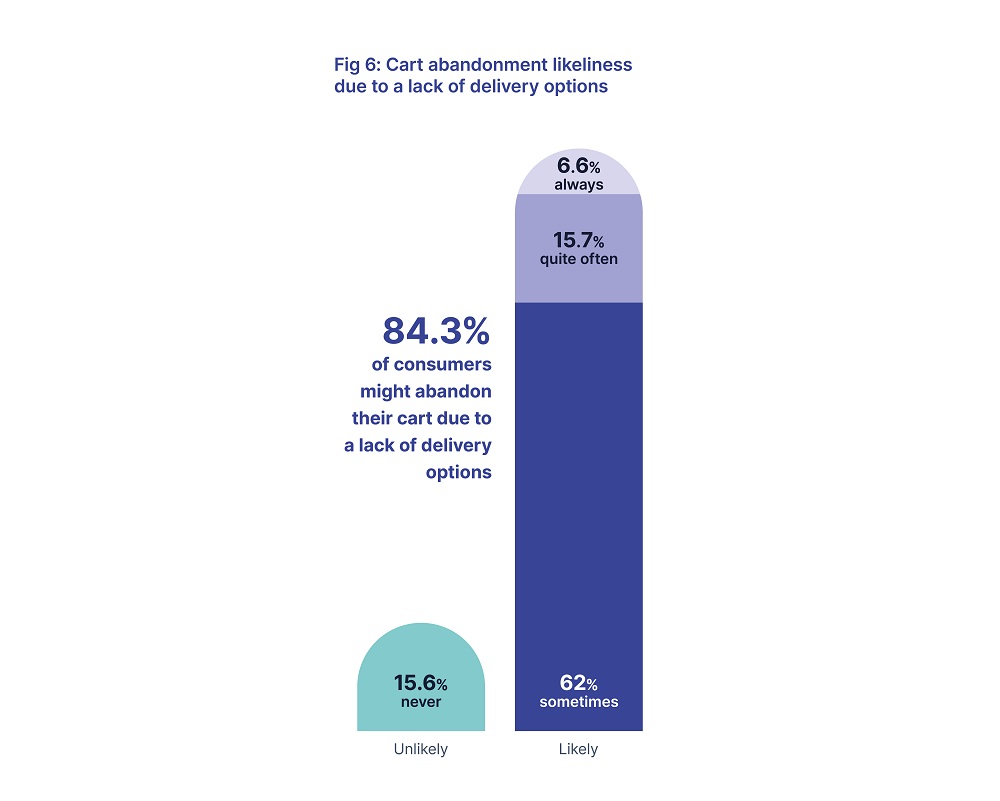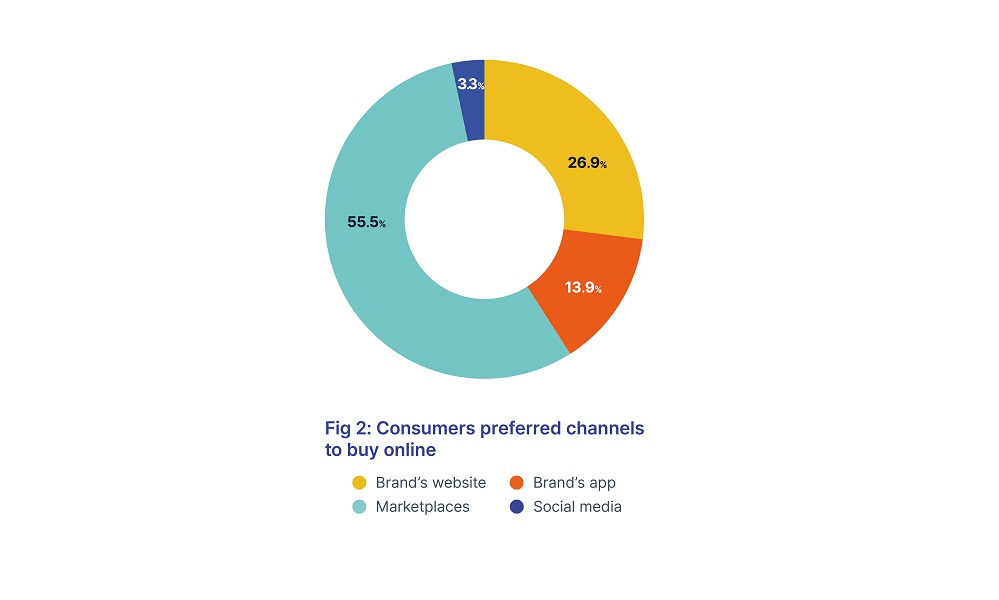More than eight in 10 (81.4 per cent) Australians say they are unlikely to shop with a brand again following a below par experience, according to new research, with 71 per cent of consumers ranking high shipping costs as the biggest barrier to becoming a repeat customer.
The ‘Exploring the Nuances in Ecommerce’ guide, released by leading cloud-based ecommerce shipping solution, ShipStation, has uncovered the drivers and deterrents of consumer loyalty in ecommerce.
Looking at customer loyalty drivers, affordable prices and product quality rank as the first and second most important factors, although 41 per cent of consumers rank the quality of delivery experience as a key reason why they regularly buy online from the same brand.

Australian merchants agree on the importance of product quality and delivery quality as customer retention drivers, in line with consumer expectations, but disagree on affordability, with almost half (46.6 per cent) of respondents ranking it as a key retention driver.
When it comes to delivery options, over 90 per cent of Australian consumers state that a lack of adequate delivery options can influence whether they abandon their cart at the online checkout. Breaking this down, over 60 per cent state they ‘sometimes’ abandon their cart and 30% indicate they ‘quite often’ or ‘always’ abandon their cart if their desired delivery option is not offered.
In contrast, close to four in 10 (38 per cent) Australian merchants surveyed believe a lack of delivery options offered at the checkout ‘never’ prevents consumers from finalising their purchase.

Auctane, ShipStation’s operating group, vice president and head of Australia and New Zealand, David Boyer believes it’s never been easier for consumers to chop and change where they buy from, making it more difficult for merchants to retain customers.
“There is no one right approach when it comes to running a successful ecommerce business, but as our new research highlights, the key is to understand how different consumers shop, where they shop and to learn their negotiables and non-negotiables,” he said.
“Only then can you get a clearer picture of how to turn potential consumers into repeat customers. Just one negative delivery experience can sour consumer perception of a brand and have a detrimental impact on their bottom line.
“The ecommerce market today will favour merchants who understand the opportunities and make the necessary investments in areas such as their delivery experience, omnichannel proposition and options. Those who don’t, will find life very difficult.”

Across all the markets surveyed, the most popular channel to buy online is marketplaces, with almost 56 per cent of global consumers selecting this as their preferred medium. However, only 30 per cent of Australian consumers chose marketplaces as their preferred ecommerce channel. In fact, most Australian consumers (56 per cent) report a preference to shop directly on a brand’s website, while only three per cent consider social media their preferred ecommerce buying channel.
With more people choosing to recycle and resell their unwanted items, re-commerce is a rapidly growing industry, with the research showing that over 43 per cent of Australian consumers resell their old purchases or unused items on third party platforms.
This article was written by Emily Bencic and originally appeared on retailbiz.com.au.
To stay up to date on the latest industry headlines, sign up to the C&I e-newsletter.

